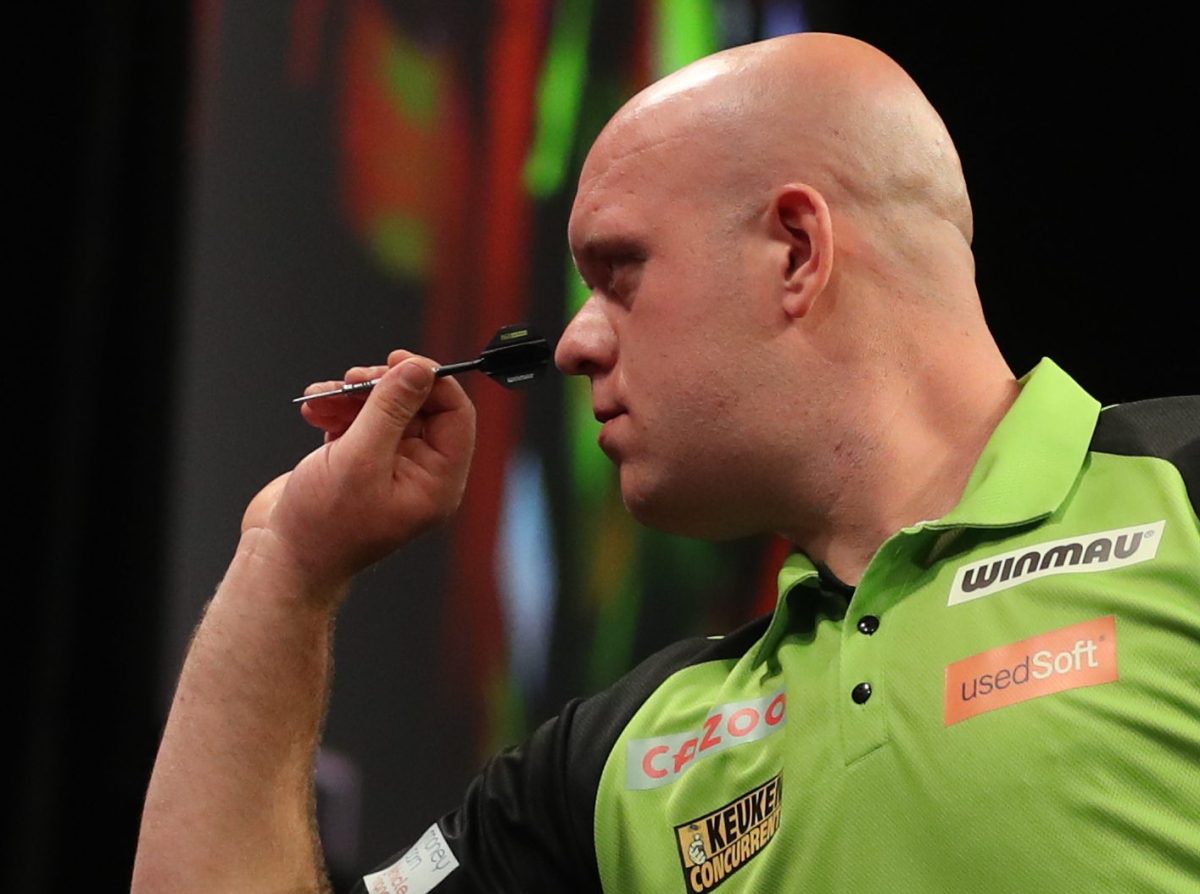O Jogo Bonito. The Beautiful Game. Not only did Edson Arantes do Nascimento, better known as Pelé, coin this now-iconic nickname for soccer, he also embodied it.
The original wunderkind, Pelé burst onto the scene as a 17-year-old during the 1958 World Cup, becoming the then-youngest player ever to partake in the tournament as well as the youngest player to score a World Cup hat trick. His two goals in the final helped Brazil hoist the first of its five World Cups — of which Pelé won three. He remains the only player to have ever done so.
Naturally, Pelé’s signature was highly sought after by many European giants following his success in the 1958 World Cup. International giants including Real Madrid, Juventus and Manchester United tried and failed to sign him. Inter Milan managed to offer him a contract, but the deal fell through after Santos fans revolted. Valencia, a club in Spain, was arguably the closest to signing him, having agreed to a deal prior to the 1958 World Cup, but after Pelé’s performances, Santos sensibly took a U-turn on negotiations.
The final push to keep Pelé in his home country for good came in 1961, when the national government of Brazil declared Pelé an “official national treasure” to deter him from transferring abroad. He was 21 years old at the time.
O Rei, or “The King,” as Pelé was affectionately dubbed, was idolized more as a god in both Brazil and the world, as opposed to a monarch. He was talked about in the same way Messi and Ronaldo are spoken of today, in a dignified air reserved only for the best of the best.
Johan Cruyff, one of the greatest players ever and one of Pelé’s contemporaries, told FIFA, “Pelé was the only footballer who surpassed the boundaries of logic.”
“The greatest player in history was [Alfredo] Di Stéfano,” Ferenc Puskás, one of soccer’s best strikers in history, said. “I refuse to classify Pelé as a player. He was above that.”
Just Fontaine, the player who holds the record for most goals scored in a single World Cup, told the Associated Press that when he saw Pelé play, “It made me feel I should hang up my boots.”
Pelé’s personal accolades are so astonishing as to be laughable. He was the joint FIFA Player of the Century alongside Diego Maradona, the International Olympic Committee’s Athlete of the Century and one of Time’s most important people of the 20th century. His goal tally, although hotly debated due to the ambiguity of some matches’ status as friendly or competitive, sits at a total of 1,281 goals in 1,363 appearances over a 21-year-long career, according to FIFA.
Pelé transcended soccer, becoming a 20th century pop culture icon. Journalist Barney Ronay noted that he “became the first Black global sporting superstar, and a source of genuine uplift and inspiration.” He appeared in movies such as “Escape to Victory” and mingled with celebrities like Andy Warhol and Arthur Ashe when he moved to the New York Cosmos toward the end of his career. Later in life, he was named a UNESCO Goodwill Ambassador and even received an honorary knighthood from Queen Elizabeth II.
Pelé was anointed as the most famous athlete in the world in 1966, but he was never meant to be called Pelé. To his parents, he was just Edson. Named after Thomas Edison, an error on his birth certificate led to his first name being listed as “Edson,” the name his parents ended up calling him throughout his life. He grew up in poverty in Bauru, São Paulo. His father, who was an ex-professional soccer player, taught him to play with a sock stuffed with newspaper or a grapefruit, as they could not afford a real ball.
The name Pelé emerged after he mispronounced the name of Bile, a goalkeeper at Vasco de Gama, and it stuck.
Pelé died Dec. 29 from complications related to colon cancer, and the world mourned the loss of a soccer giant. FIFA urged every nation in the world to commemorate the world’s superstar with a stadium named after him as a testament to his impact around the world.
He will forever be remembered as the G.O.A.T. — the greatest of all time.
Jack Lonergan is a sophomore in the College. Why it was Special appears online and in print every three weeks.








